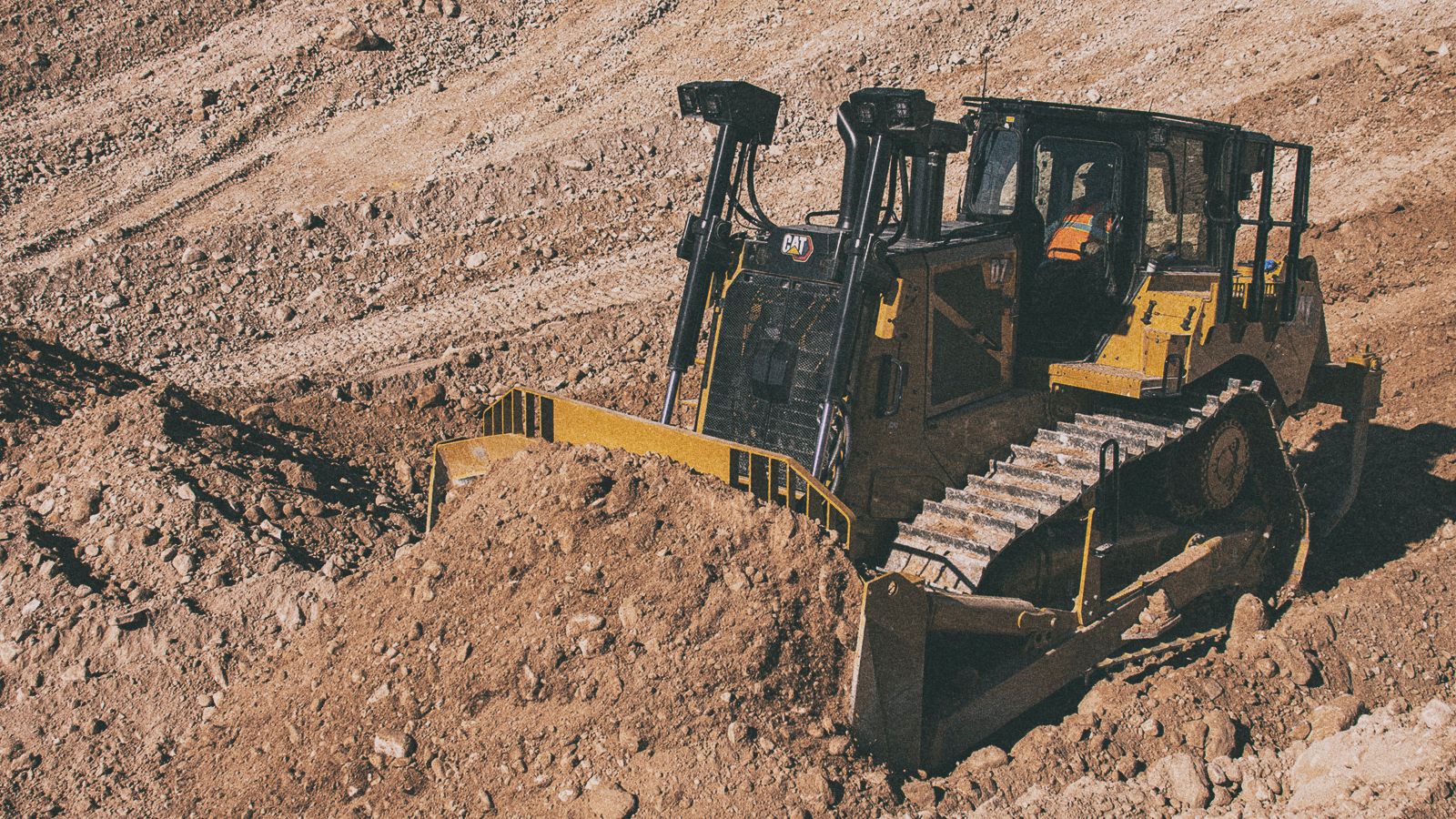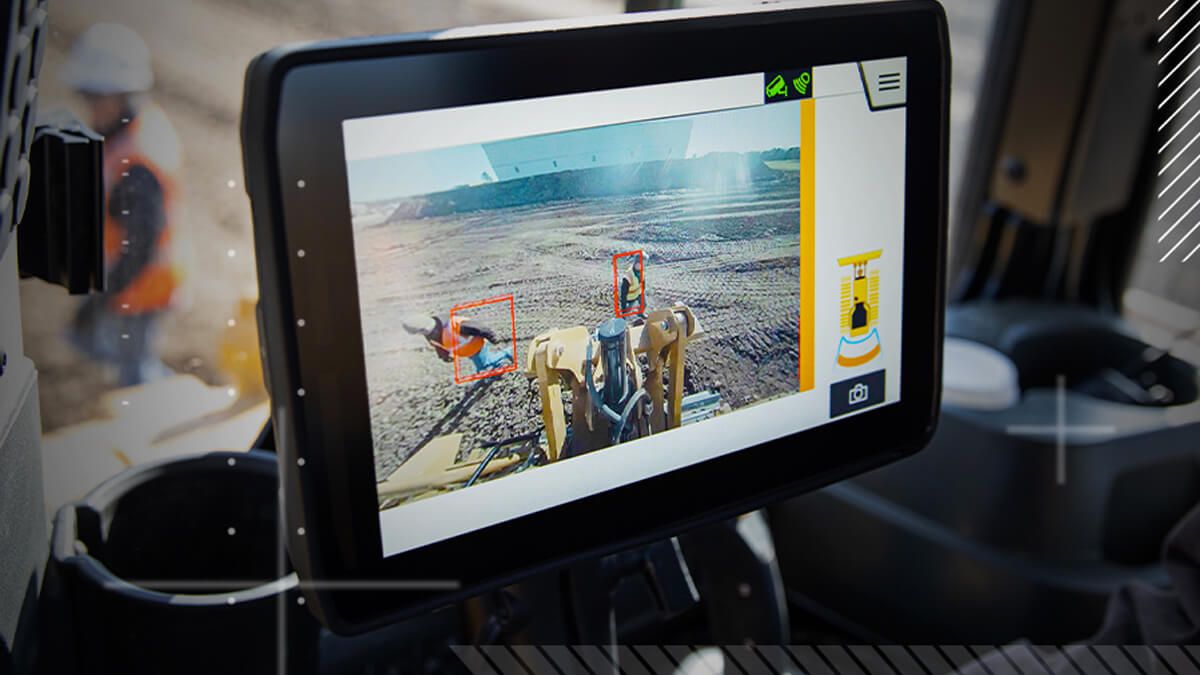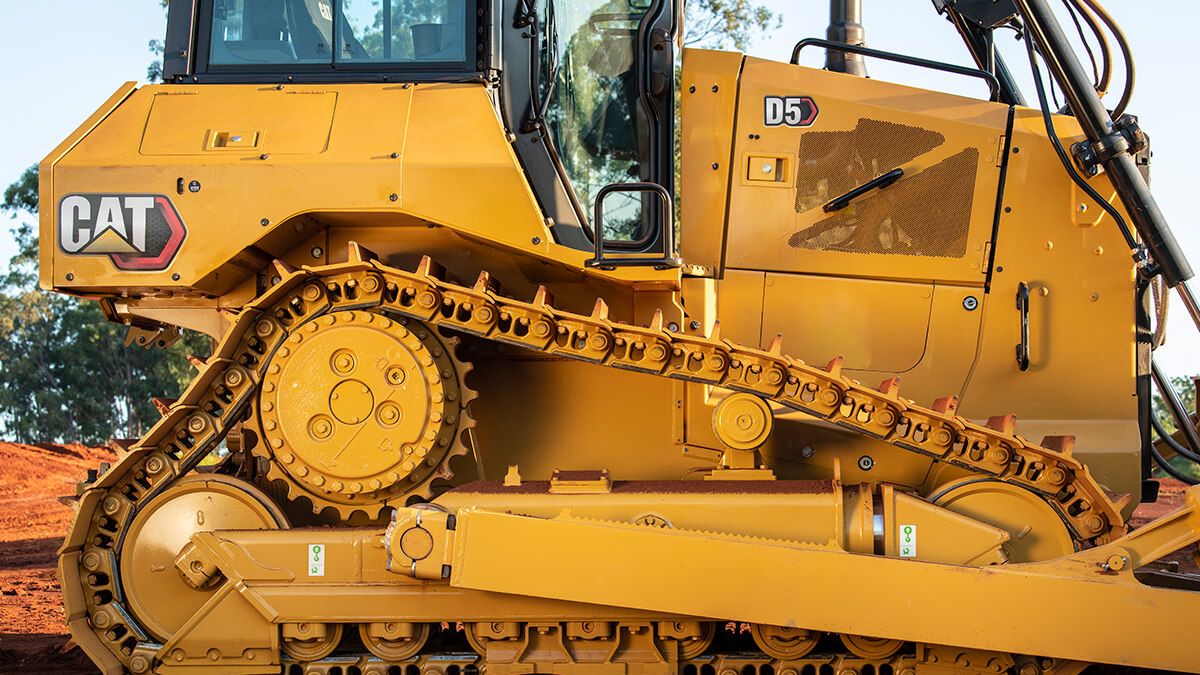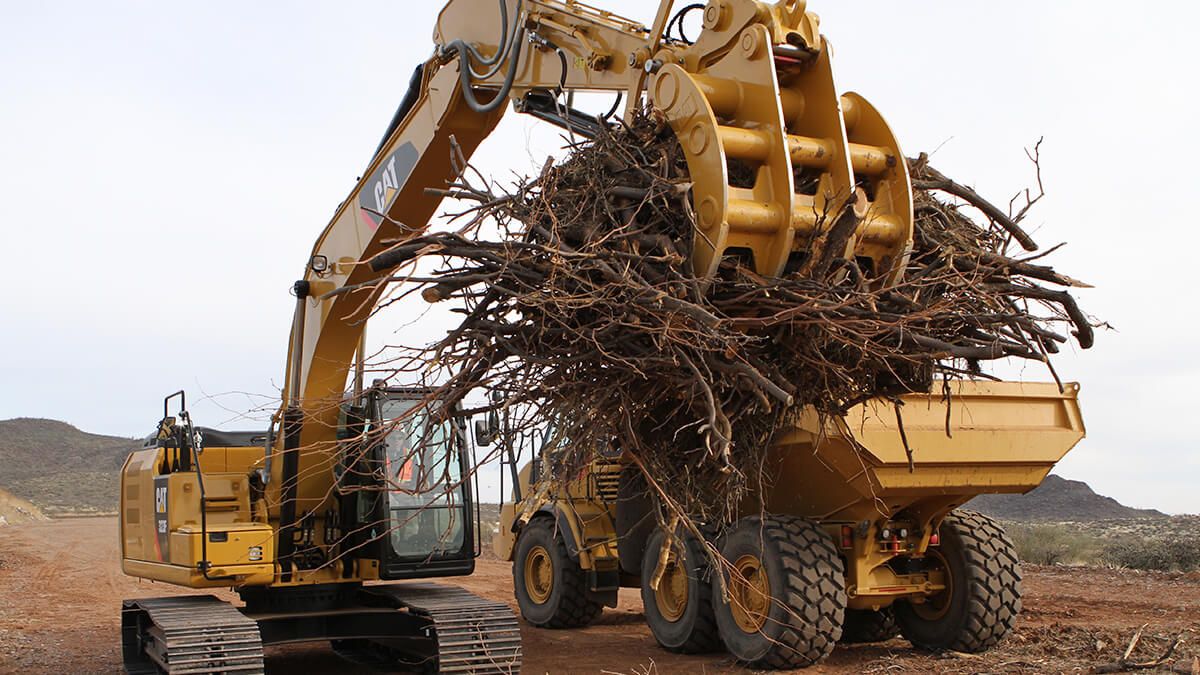If you already have an existing account with another Cat App, you can use the same account to sign in here.
One Account. All of Cat.
Your Caterpillar account is the single account you use to log in to select services and applications we offer. Shop for parts and machines online, manage your fleet, go mobile, and more.
Account Information
Site Settings
Security
CAT® DOZER RIPPING TECHNIQUES
Break up tough material on your worksite by using your Cat® bulldozer for ripping applications. With the right shank attachments and these dozer ripping techniques, you can be cost effective and efficient when ripping.
Estimated read time: 3 minutes

Estimated watch time: 4 minutes
1. Plan your pattern
When working with tough material such as rock, plan your ripping pattern based on the grain of the material. Cut with the grain for more ease; cutting against the grain is more difficult and the rock falls apart. The same concept applies to the strata in the ground. You may have to make multiple passes to determine your best pattern.
Depending on the material, you may find that cross ripping — running a series of passes in a grid pattern — is best to break up hard spots and reduce material size. Consider performing material analysis to determine if the benefits of cross ripping are worth the additional cost.
Avoid ripping on slopes that your dozer cannot climb and avoid sideslopes; remember, your dozer has less traction on rock than it does on dirt.
Don’t turn with your ripper shank in the ground. Ripping is a straight-line procedure. Make sure that the shank is up and clear of the ground before you put your dozer in reverse.
2. Determine your ripping depth
The grain and density of the material will determine your ripping depth. Use a longer shank for softer ground and a shorter shank for harder ground. When possible, it’s best to rip at the maximum depth that penetration and traction allow to get the most out of your fuel and shank tip wear. But it may not always be possible to rip at the maximum depth. An initial pass at less than full depth can help break difficult material loose for a second pass at full depth.
3. Find the best shank angle
Start with the tip out and adjust it for optimum penetration of the material. Use the correct machine speed, and rip in first gear. The optimum speed is 1-1.5 miles per hour (1.6-2.4 km/h) at about 2/3 throttle.
Excessive speed can result in track slip and generate enough heat on your shank tip to shorten its life. Rip downhill if possible; gravity helps your dozer take advantage of its weight and horsepower.
You may need to experiment to find the best angle for your shank. Raise the shank and take a shallower cut at a different angle if your track starts to slip or if the machine leans forward as the ripper tries to work its way out. Keep your undercarriage level so you get maximum traction from your track.
4. Use your decelerator
Use your decelerator to match your drawbar pull to available traction and ground conditions. Too much power when ripping can result in track spin, reduced life span of your shank tip and potential damage to the undercarriage. Keep a steady pull with your decelerator to maximize production and apply just enough power to be on the verge of track spin. This allows you to take full advantage of your dozer’s horsepower, especially when making initial cuts on a smooth or hard surface.
Want more information about additional dozer ripping techniques? Caterpillar offers extensive operator training through Equipment Training Solutions.
Popular Articles About Dozers
Get the most from your dozer with operating tips, safety advice, maintenance help and much more.
-
Improve Jobsite Safety: Cat® Detect with Smart Camera
Boost visibility from your cab with Cat Detect with Smart Camera.
SEE THE DIFFERENCE -
Get Parts and Service Manuals Fast with SIS2GO App
This Cat® parts and service app provides a world of expertise.
SEE MORE -
How to Check Dozer Track Tension
Learn how to check dozer track tension for long machine life and productivity.
SEE DETAILS -
Cat® Attachments to Use for General Construction Work
General construction attachments can help you do dozens of jobsite tasks.
GET BUSY
Once You Own, You're In
Gain unlimited access to must-know information about your machine. Find ideas you can put to work on the job right away, including business insights.






